Xiaomi has reportedly announced HyperOS 2.0, an avatar of its operating system, with assurances of a “leap-forward experience renewal” built on the bedrock architecture laid out by its predecessor, the original HyperOS 1.0. The package has been reported as having massive improvements in key areas of the business: performance, storage management, and energy efficiency. Business improvements represent the Xiaomi perspective on seamlessly and efficiently creating an ecosystem for all classes of devices: smartphones, tablets, TVs, and wearables.
Innovation and Technologies Added in Xiaomi HyperOS 2 Operating System
Heterogeneous Computing Technology
One of the key highlights is that HyperOS 2 confirms enriched heterogeneous computing technologies. In this case, for heterogeneous technologies, it will imply that one computational task might be shared with more than one resource for computation; hence, it achieves maximum efficiency and optimization for device performance. It especially improved the rendering of natural gradient blur 12 times, making system animations/UI transitions smoother than ever. This would reduce the time taken to compute single-frame dynamic multiple depth of field by 92%, thus promising faster image processing for a more engaging visual experience.
New Storage Management 2.0
HyperOS 2 introduces “New Storage Management 2.0,” thus giving more intelligent and efficient ways of handling data. This function is said to further improve the OS’s capability in relation to memory management, especially on occasions of continuous app startups and multitasking. That would translate to the objective of reworked storage management for memory optimization across Xiaomi’s ecosystem for smoother performance across a wide variety of hardware configurations.
Cascade Bandwidth Technology
Other revolutionary features include what is called “Cascade Bandwidth Technology” in HyperOS 2. This manages network resources dynamically, allocating bandwidth with priority according to the demands of apps/systems. This allows for faster data transmission, low latency in the connectivity, and efficiency in high-demand activities such as gaming or streaming on smart TVs.
Self-Designed Micro-Architecture Scheduler
Xiaomi’s independently developed Micro-Architecture Scheduler is featured in HyperOS 2, aiming for the dynamic optimization of resource allocation between CPUs and GPUs. This scheduling technology dynamically adjusts according to the demands of different applications, therefore enhancing both performance and energy efficiency. Power consumption for tasks running under a high load-such as gaming-could be effectively policed by the scheduler in single frames, effectively balancing performance vs. battery life.
Better Performance on the Whole Ecosystem
Jin Fan further added that it was not all about smartphones, but the array of devices from Xiaomi-TV, tablets, smartwatches-that also go through this upgrade with HyperOS 2. But at this point in time, with the improvements done in HyperOS 2, consistency across the board will be better in the Xiaomi ecosystem where each device will offer seamless performance and connectivity. By having all devices work in harmony, Xiaomi aims to create a proper uniform user experience which would enhance usability and system integration among them.
A Leap Forward in User Experience
Basically, Xiaomi HyperOS 2 is one giant leap in system design and functionality, continuing the core that HyperOS 1.0 has built but even further. With heterogeneous computing and elevation of storage management, Xiaomi strives for much more than providing speed and efficiency-to have an eye-catching, smooth UI. The upcoming update is expected to support devices like the Xiaomi 15 series and is very likely to be rolled out across a wide range of products in the ecosystem, from smartphones to smart TVs. HyperOS 2 underlines Xiaomi’s commitment to creating a cohesive and high-performance ecosystem that can bring out the best in both hardware and software for truly immersive user experiences around them.

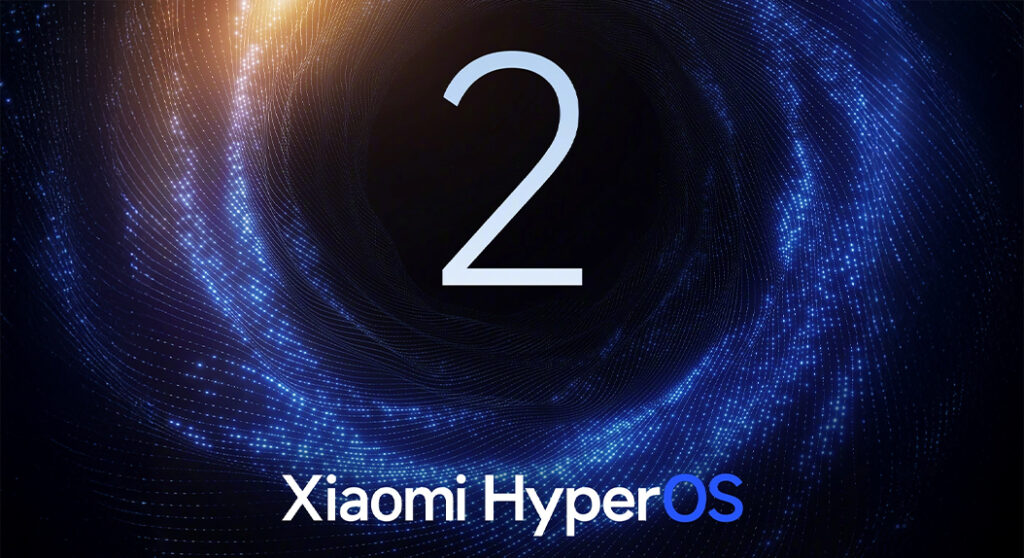
 Emir Bardakçı
Emir Bardakçı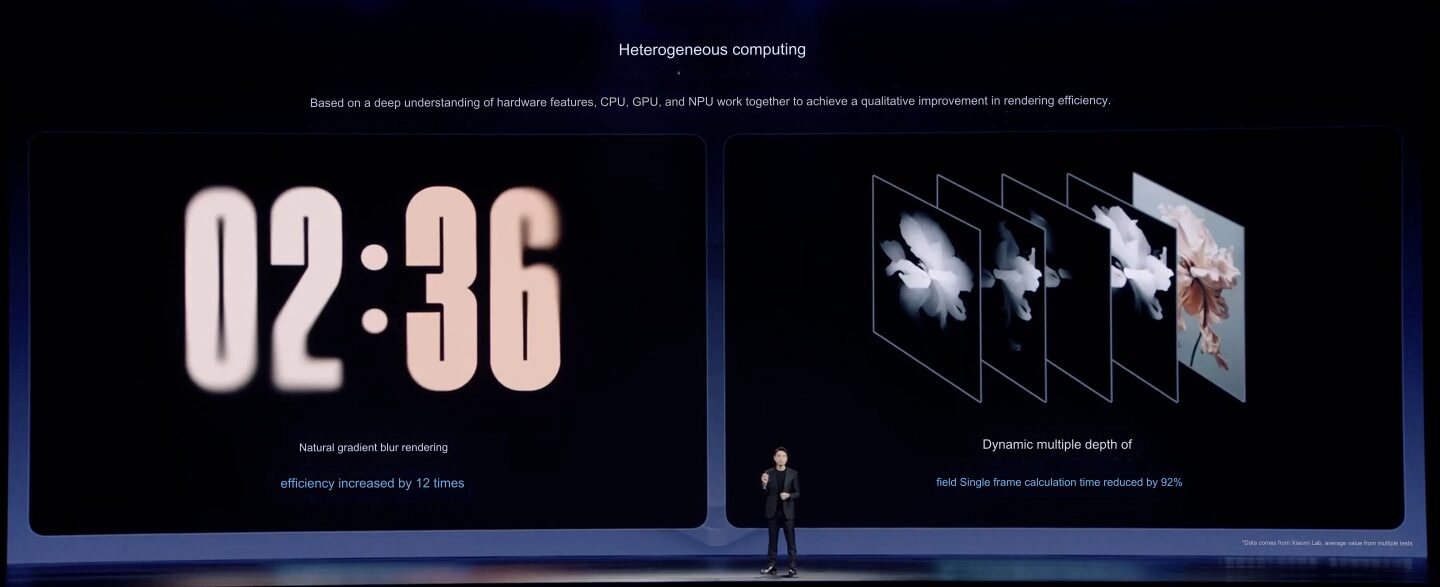

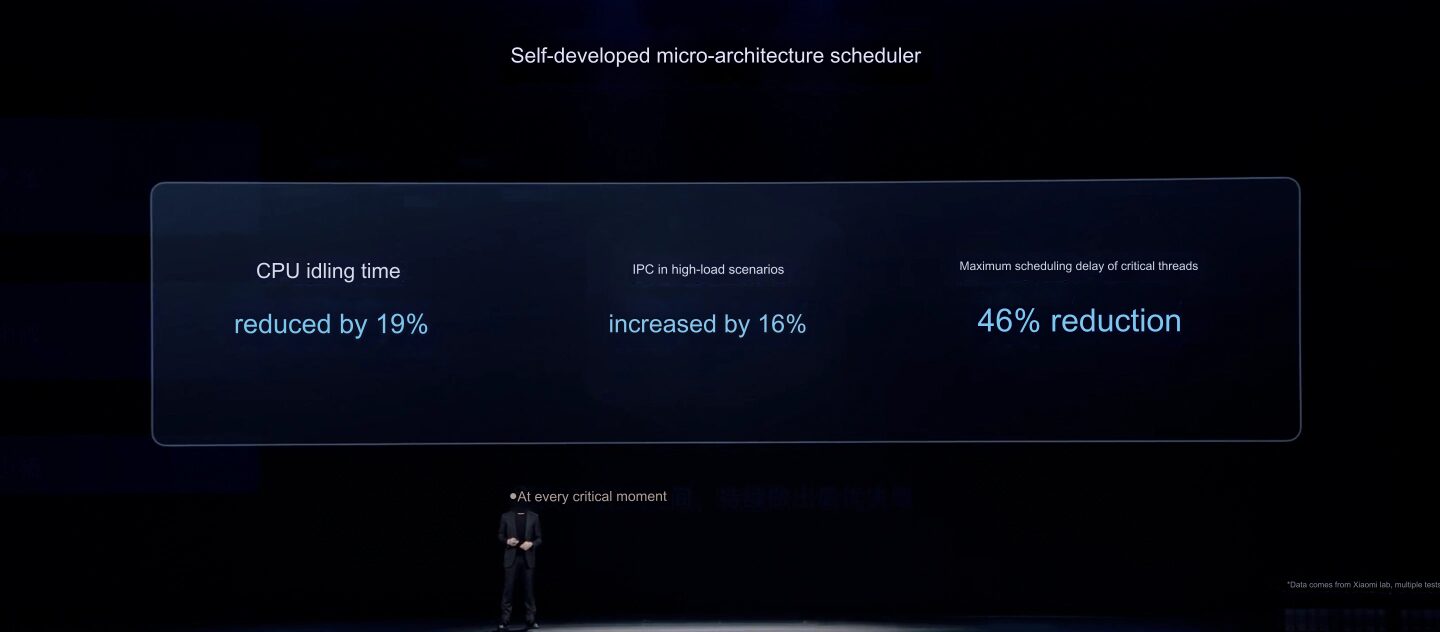
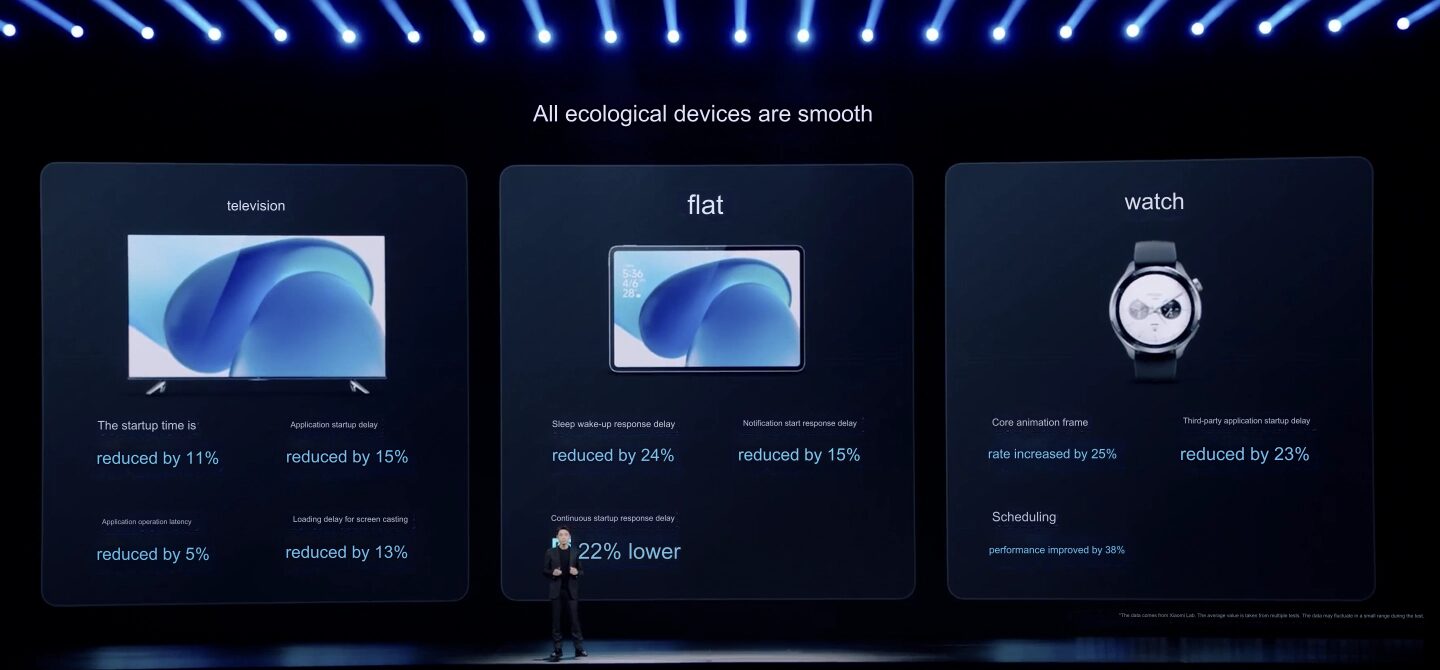
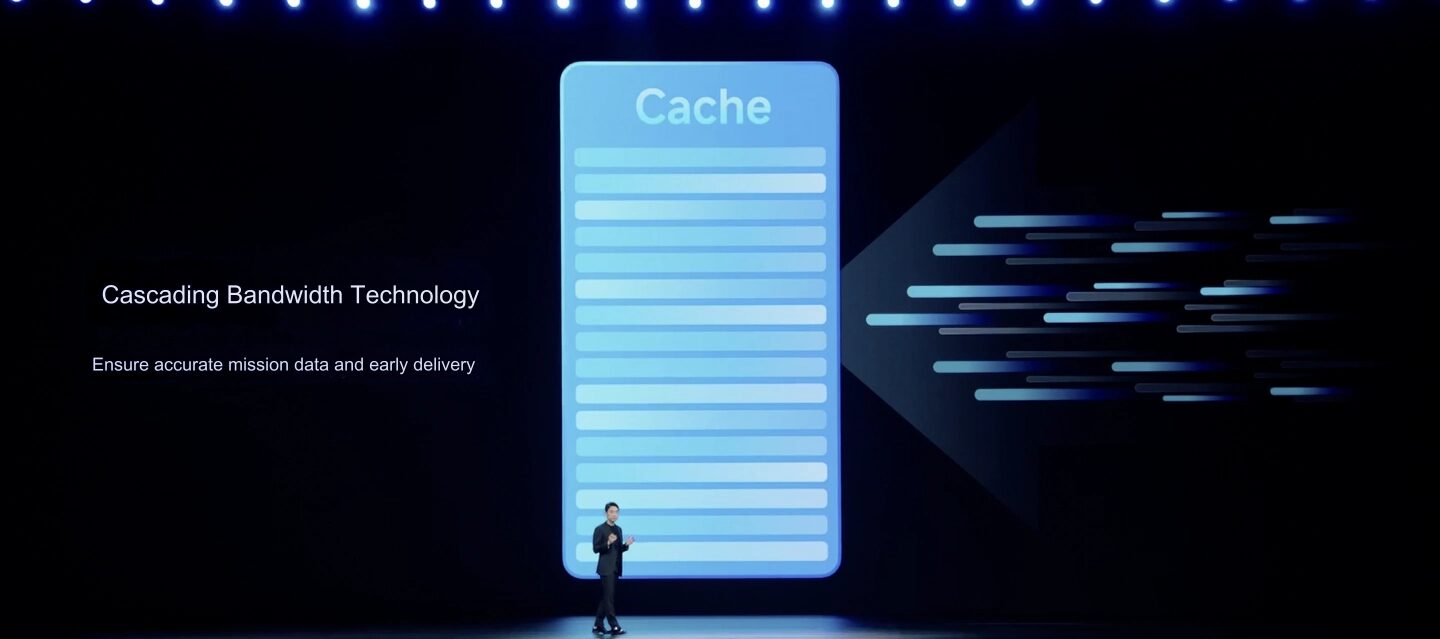
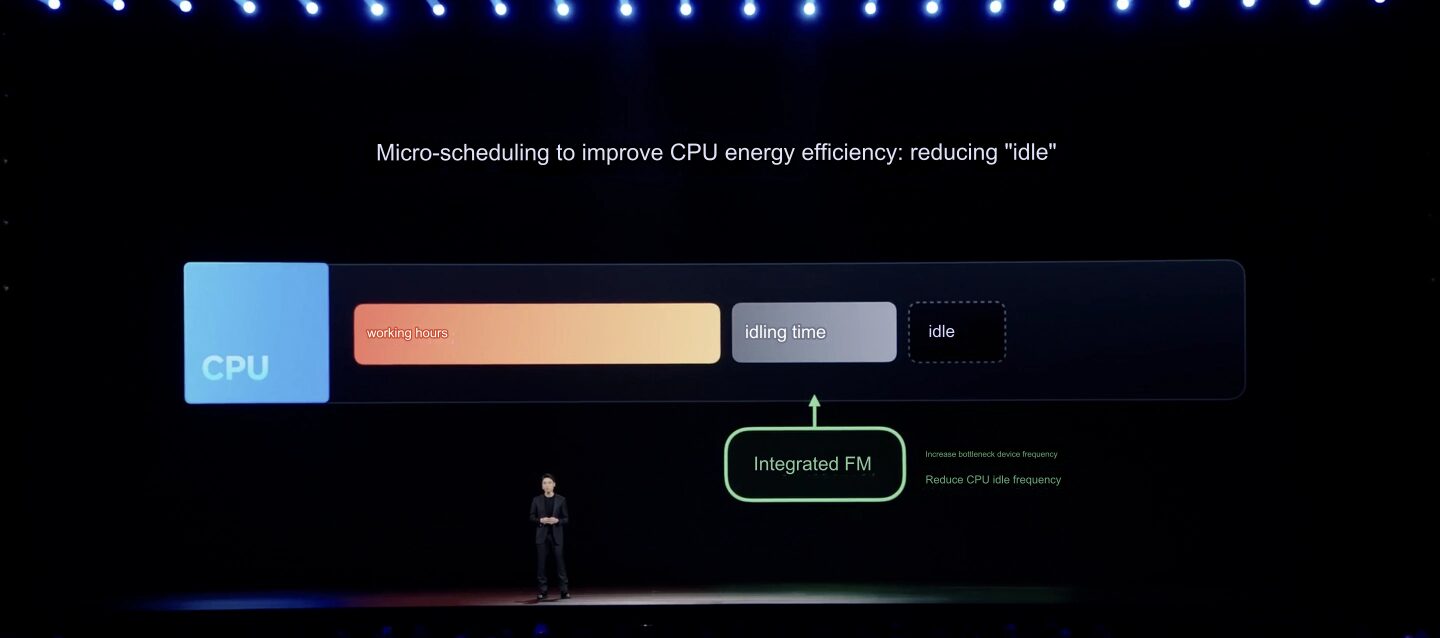



With poco x3 and redmi 13 note, what upgrade is there?
Better
Good
Will my Redmi note 13 pro
receive automatic updates
When will the poco x5pro be updated?